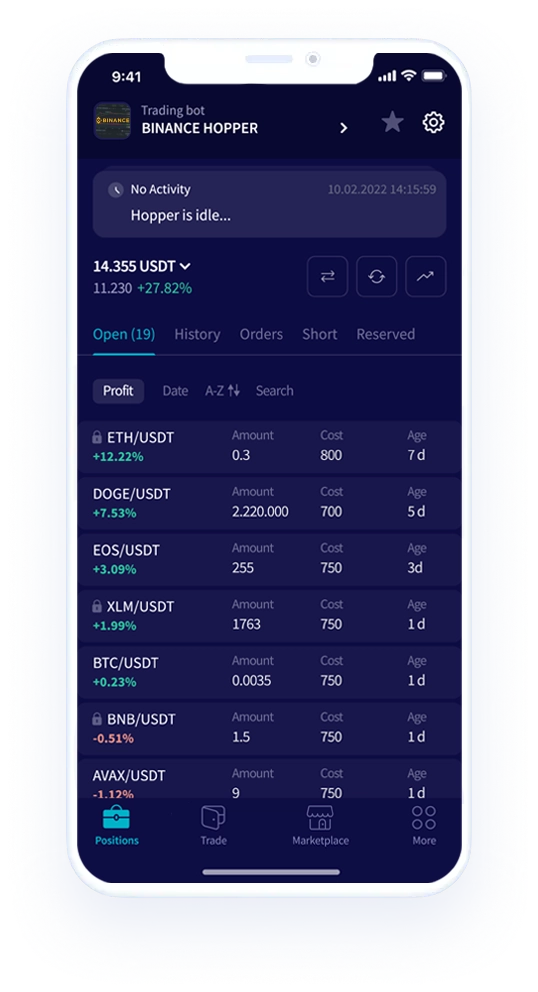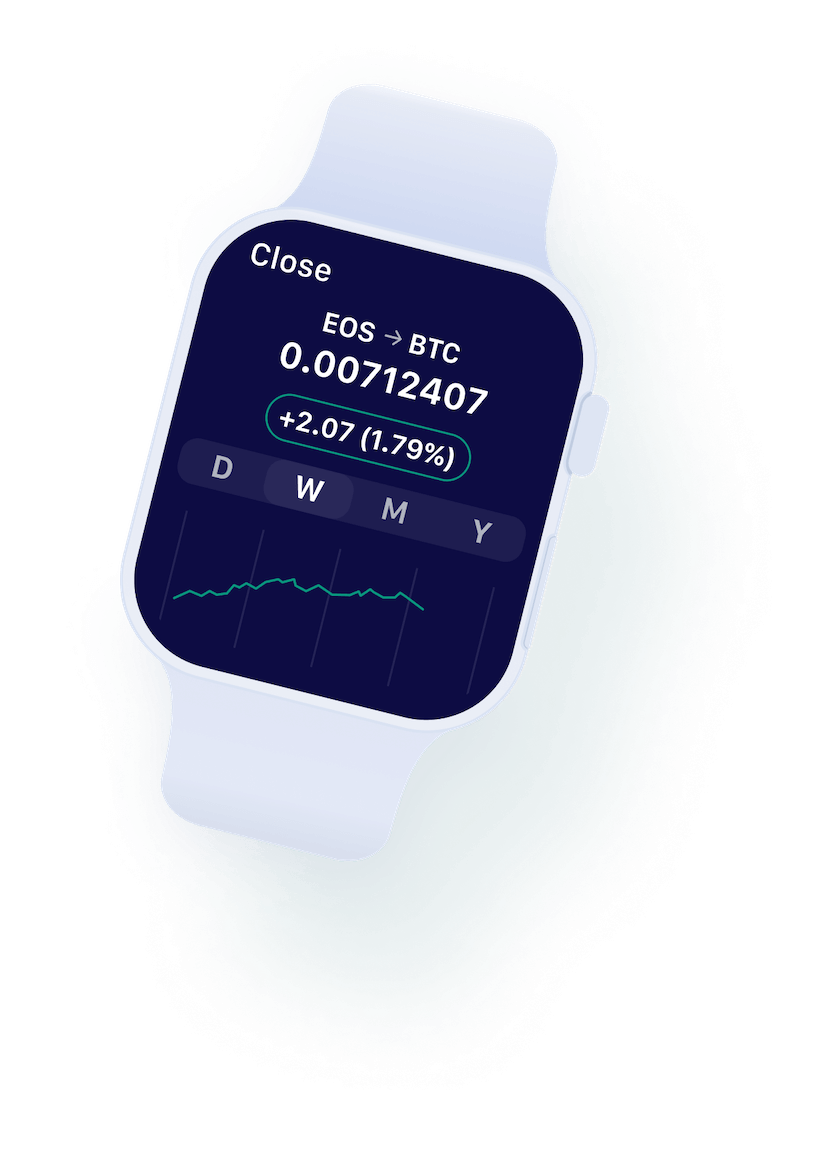CeFi, backed by the product design, risk-control systems, and vast user bases of centralized platforms, has long been the primary hub of liquidity in the crypto market. DeFi, by contrast, emerged during the “DeFi Summer” in 2020, when new protocols for decentralized lending, DEXs, and liquidity mining rapidly expanded, driving the development of increasingly experimental and autonomous financial applications.
With the rise of Ethereum and DeFi, liquidity pools and lending protocols improved the efficiency of capital turnover, but assets remained concentrated in native cryptos such as BTC and ETH. As the industry enters a new stage, the tokenization of real-world assets (RWA) is bringing vast pools of real-world liquidity into the market. At the same time, CeFi continues to provide foundational liquidity and entry points while extending on-chain to engage more openly with the decentralized ecosystem.
As the boundary between on-chain and off-chain finance dissolves, the complementary development of CeFi and DeFi is setting the tone for the evolution of the crypto financial ecosystem. This shift is driven by a change in the source of liquidity.
The New Liquidity Landscape of Web3
Ensuring continuous liquidity in the Web3 market has become the core focus in industry competition. Unlike the early days, when liquidity was almost entirely dependent on BTC, ETH, and other crypto assets, today’s liquidity sources are becoming far more diverse:
● CeFi Platforms: Exchanges and other CeFi platforms remain the largest gateways for both users and funds. They not only aggregate enormous user bases and liquidity pools but also provide the essential initial liquidity that DeFi protocols need to launch and scale, acting as channels that direct liquidity into the ecosystem.
● Compliant Stablecoins: As anchors for on-chain trading, payments, and settlement, stablecoins ensure certainty of fund flows while also offering low-friction infrastructure for cross-border payments and institutional settlement. According to CoinGecko, the market cap of stablecoins continued to grow in 2025 and surpassed $283.5 billion, cementing their role as the hard currency of the crypto market.
● RWA Tokenization: By mapping traditional financial assets like bonds, bills, and real estate on-chain, RWAs create a value conduit between real-world markets and blockchains, unleashing new liquidity from previously dormant assets. Boston Consulting Group projects the RWA tokenization market will soar to $16 trillion by 2030, with 30–50% of stablecoins expected to be backed by RWAs.
● Participation of Institutional Funds: As the crypto market becomes more compliant, traditional institutions such as hedge funds and investment banks are entering the arena. They not only bring large-scale capital inflows but also introduce the stability of long-term capital, steering the ecosystem toward healthier, more sustainable growth.
Evidently, CeFi’s user base, DeFi’s governance mechanisms, and TradFi’s participation are converging into a powerful force that enhances both the efficiency and security of funds while expanding liquidity in breadth and depth. The evolution from “early experimentation” to “diverse integration” not only reveals the key industry dynamic but also provides a solid real-world foundation for the convergence of CeFi and DeFi.
Governance: The Engine of Web3 Liquidity
If liquidity is the fuel powering the crypto-financial ecosystem, then governance is the engine that drives it. Aave V4, for instance, dynamically adjusts interest rates based on collateral quality and market liquidity, ensuring fund pools are efficiently utilized while minimizing systemic risk. Meanwhile, MakerDAO leverages governance mechanisms that stabilize fees and collateral ratios to keep DAI firmly anchored even in turbulent markets. Both exemplify how decentralized governance mechanisms balance the relationship between asset liquidity and market stability.
Evidence shows that, in a fast-evolving market with dynamic risks, DAO governance frameworks are often more adaptive and resilient than traditional CeFi structures.
In today’s macro context, this governance advantage is even more critical. Uncertainty in the external environment, user demands for both security and liquidity, and the ongoing integration of CeFi and DeFi are all pushing the market to seek more resilient governance models.
It is at this pivotal juncture that HTX DAO offers its answer: on the one hand, drawing on the successful practices of Aave, MakerDAO, and others, it dynamically balances risk and liquidity through on-chain governance mechanisms. On the other hand, it leverages HTX to fuse CeFi’s user base and role as a capital gateway with DeFi’s open governance and self-evolving capacity, creating a governance structure that is both stable and efficient.
From Platform Gateway to Ecosystem Co-Governance: HTX DAO’s Governance Evolution Path
Recently, HTX DAO released an upgraded white paper. The latest edition sets out a clear evolution path from event tracking to closed-loop governance –– progressing from “platform gateway governance” to “ecosystem financial co-governance”. At the same time, this structure drives user engagement through an open “token-holder governance” model, reinforced by behavioral incentives and deflationary mechanisms.
In this model, users are not just “users” of the platform but also its “builders” and “owners”. The scale effects of CeFi and the transparent governance of DeFi are truly brought together:
● Real Decentralization of Power: Through veHTX (Vote-escrowed HTX) tokens, HTX DAO hands core operational decision-making power to the community. Users who hold and lock HTX tokens receive veHTX, which grants them voting rights on key operational parameters such as token listings, trading pair adjustments, fee structures, and incentive weights. This marks a fundamental shift in exchange operations from centralized control to on-chain governance.
● Deep Integration of Earnings and Governance: veHTX tokens not only give users governance rights but also deliver on-chain dividends. This model tightly binds users’ economic interests to the ecosystem’s long-term growth, motivating them to participate actively in decision-making and jointly safeguard the ecosystem’s health.
● Bridging the Divide Between CeFi and DeFi: At its core, HTX DAO’s governance mechanism creates a direct pathway for CeFi’s massive user base to access DeFi governance. Without wrestling with complex on-chain operations, users can enjoy the transparency and fairness brought about by decentralized governance through a familiar platform.
Thus, from exchange governance to on-chain expansion, from mechanism design to building a global financial hub, HTX DAO’s governance framework not only addresses inefficiency and lack of compliance inherent in traditional DAOs but also builds a truly user-centered “Free Financial Port” that enables economic value distribution and institutional co-governance.

HTX DAO is building the next-generation CeFi × DeFi governance network.
HTX DAO – A New Paradigm for Resilient Financial Infrastructure
It can be foreseen that the financial markets of the future will go beyond simple on-chain lending or other trading use cases and evolve into more complex cross-chain, multi-asset networks with cross-border flows. Against this backdrop, DAOs must answer enduring questions as to how governance mechanisms can coordinate liquidity and how capital pools can remain both robust and open amid macroeconomic uncertainty.
HTX DAO positions itself as the “on-chain governance hub” within this landscape.
According to the blueprint outlined in its white paper, HTX DAO will not merely serve as a governance platform but also as a nexus connecting CeFi and DeFi, as well as the on-chain and off-chain worlds: on the one hand, it will continue to strengthen on-chain governance capabilities, enhancing the management of risk parameters and liquidity for multi-asset, cross-chain fund pools. On the other hand, it will explore integration with real-world markets, including on-chain governance models of compliant stablecoins, RWAs, and even tokenized representations of U.S. stocks and bonds. Ultimately, it aims to build an open, adaptive, and cross-market governance network, transforming the DAO from a tool for adjusting internal mechanisms into a long-term force restructuring global finance.
This is a grand narrative, no longer a zero-sum game between centralization and decentralization, but their symbiosis and co-evolution on a higher plane. What we are witnessing is the rise of a new, more resilient financial infrastructure.
The post first appeared on HTX Square.

